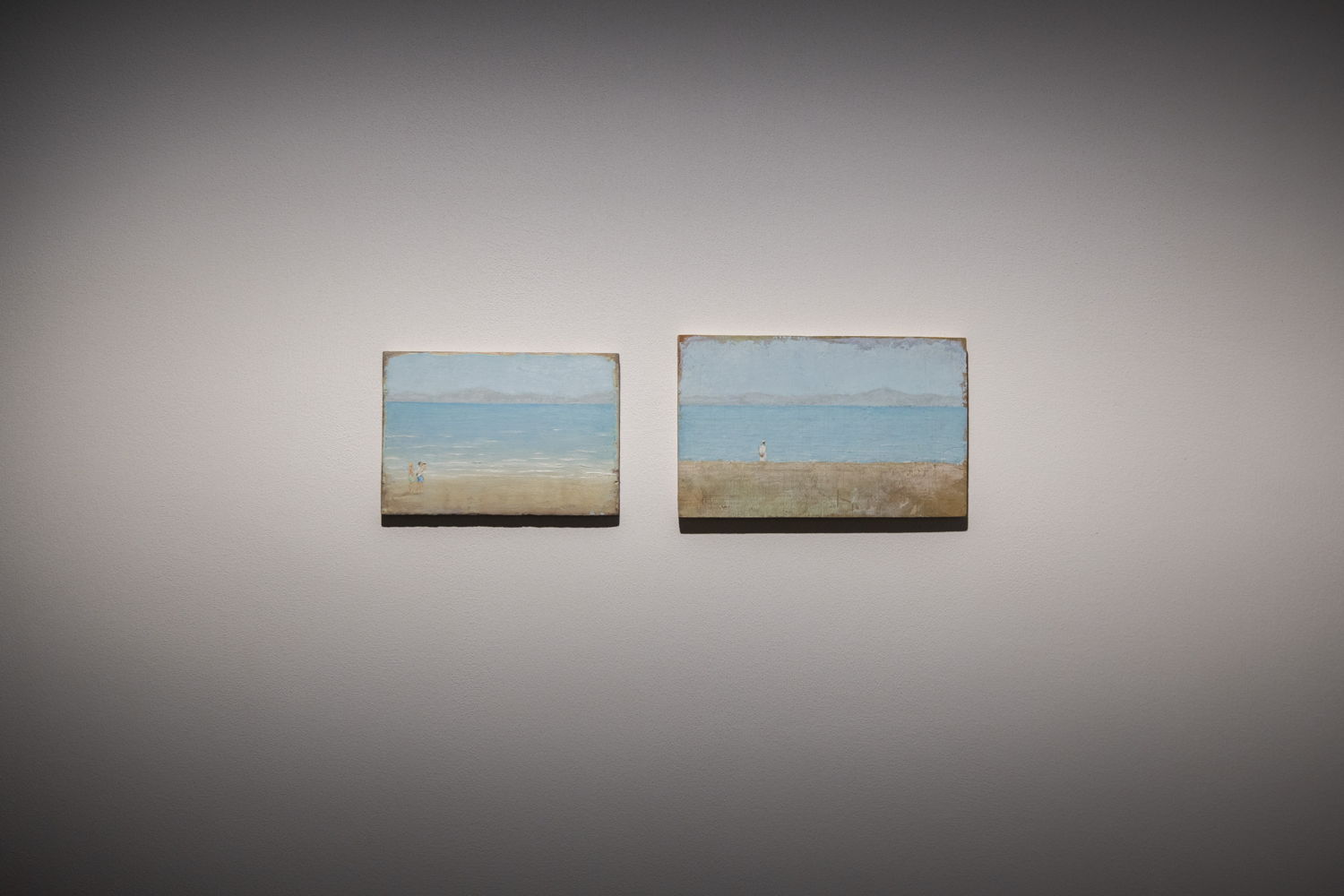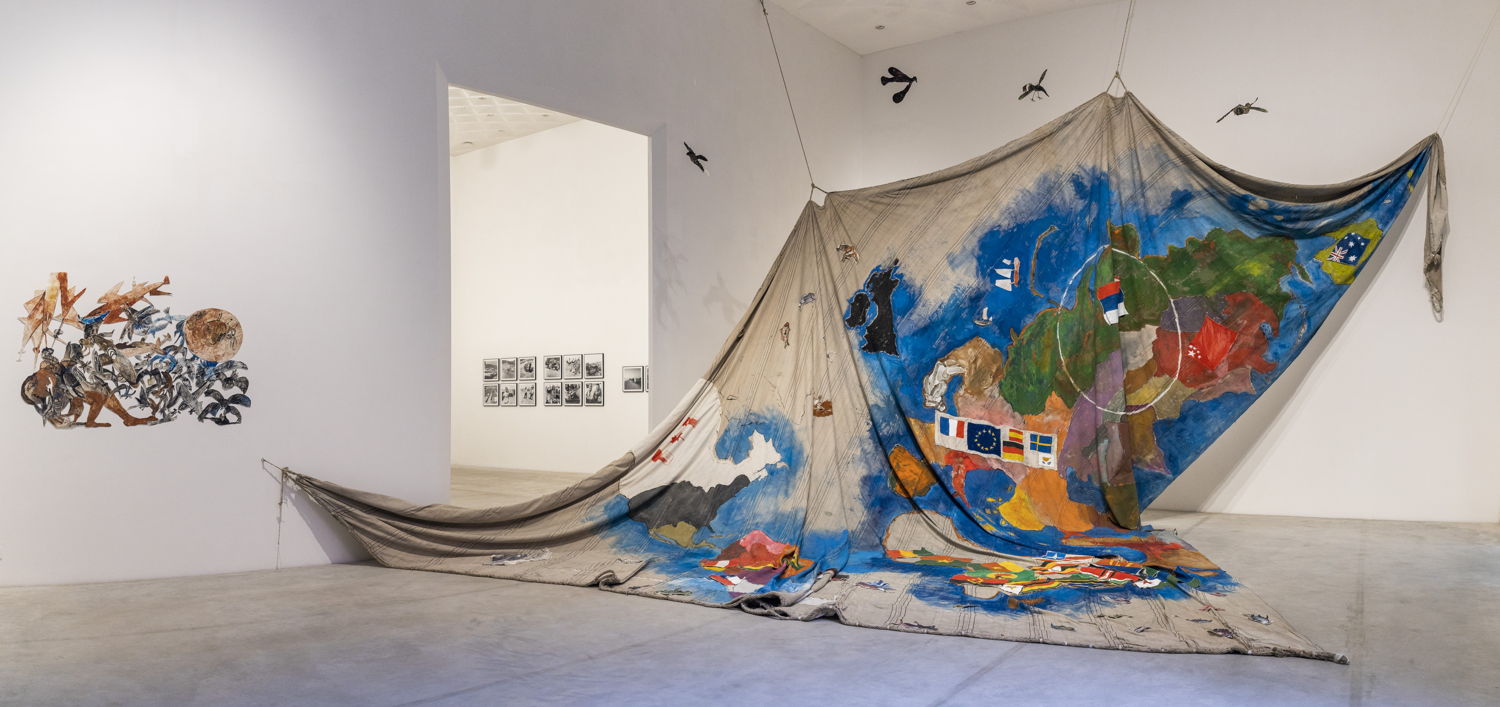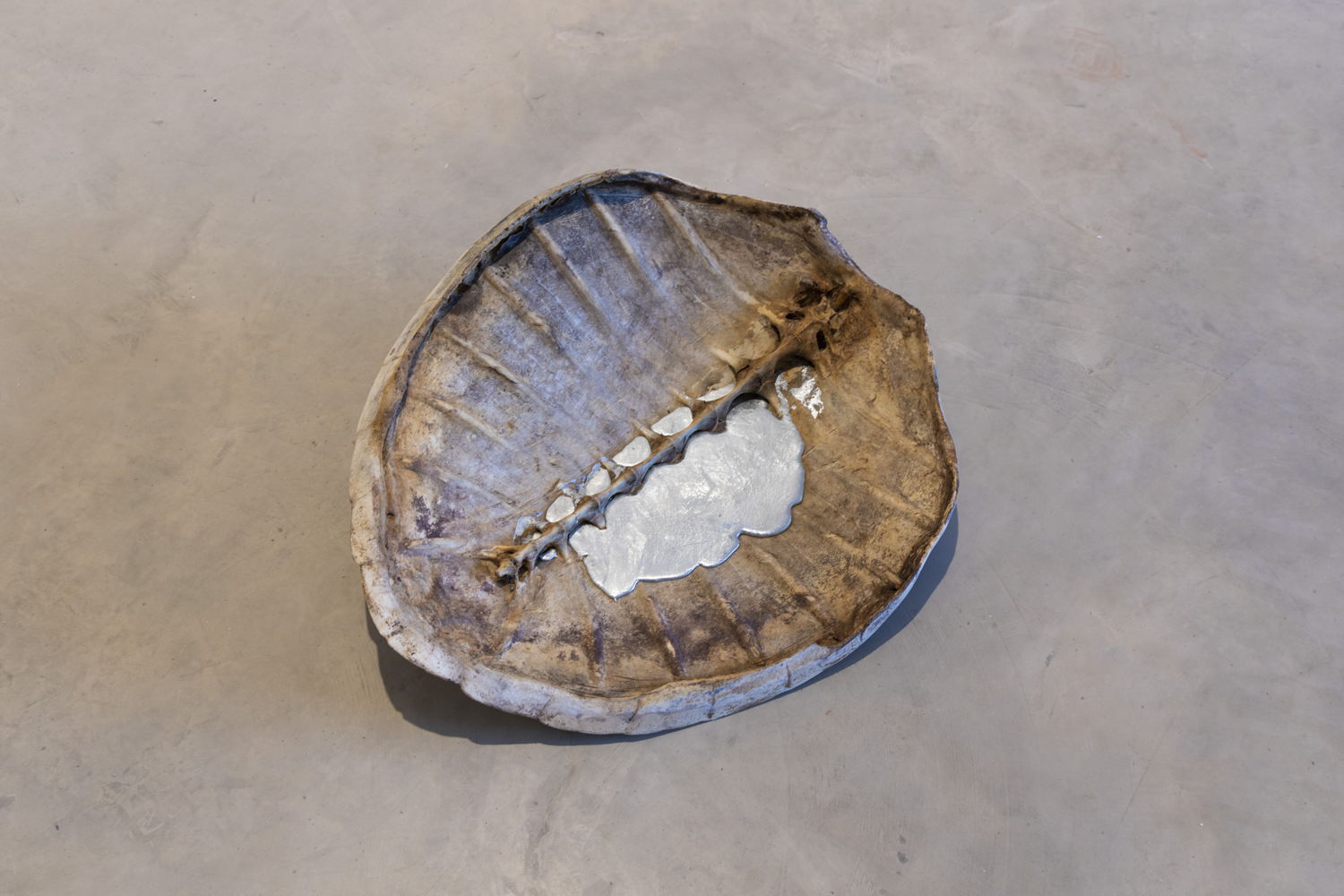Le Déracinement: On Diasporic Imaginations
06.03-16.05.21
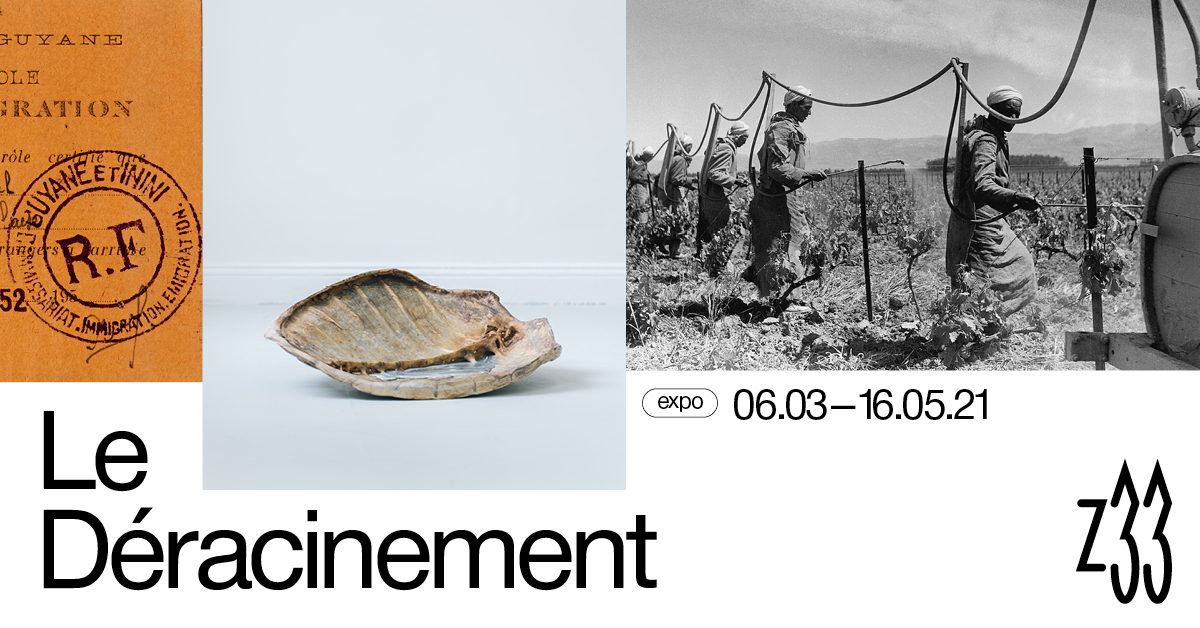
Migration and diasporas have been defining the European cultural landscape since its very foundation. The exhibition Le Déracinement disentangles Europe’s ambiguous relationship with its multiple outsides, starting from North Africa and the Mediterranean and continuing on to the Congo, the Caribbean, and ultimately French Guiana, where the EU has its most distant border. The artists uncover forgotten histories of resistance, friendship and solidarity enacted in between worlds. And not as reconstructions, but as poetic explorations.
Reflections on the complex interdependencies between people and their environments run throughout the gallery spaces of Z33. The artists respond to instances of uprooting and subsequent regrounding, proposing alternative imaginaries of belonging.
Pierre Bourdieu and the Algerian War of Independence.
Shown in Belgium for the first time are the photographs taken by the French sociologist Pierre Bourdieu (FR, 1930-2002), forming the starting point of the exhibition. During the Algerian War of Independence (1954-1961), Bourdieu and the Algerian sociologist of migration Abdelmalek Sayad (DZ, 1933- 1998) travelled through the country to document the French colonizer’s forced displacement of entire villages. This fieldwork into the drastically altered human and natural environment of northern Algeria was collected in the book Le Déracinement (Uprooting), which lends its title to the exhibition.
Bourdieu’s photographs provide a personal and disobedient view of the conflict: they record his impressions, thoughts and emphatic respect for a population fighting for its independence.
The Mediterranean
Several artists look at the migratory flows that characterize the region of the Mediterranean and North Africa. The latter has gone through major transformations in recent years, becoming an external frontier of the European Union. In many of the works the sea serves as a metaphor for the forgotten colonial ties between Europe and Africa. Francis Alÿs (BE, 1959) connects the coasts of Spain (Tarifa) with Morocco (Tangier) in his paintings. That same coast of Tangier recurs in the photographs of Yto Barrada (FR, 1971), where people lie in wait for their crossing of the Strait of Gibraltar. Lydia Ourahmane (DZ, 1992) involves her own body and family history in her investigation of how local trauma is felt on a collective level, animating the many restrictions placed on freedom of movement across the Mediterranean.
Sara Ouhaddou (FR, 1986) explores how language and oral traditions are shaped by her family diasporic experience, coming from Morocco to France. Through an alphabet made of symbols borrowed from the Arabic and Amazigh scripts, she weaves into Islamic geometric patterns a song by a popular and mythical figure of the Moroccan resistance against colonial occupation.
Anna Boghiguian (EG, 1946) converts a sail into a monumental painting where seascapes and birds represent an ideal of people who are free to cross the borders imposed by nation-states.
Personal and collective histories
Several artists in the exhibition have bound biographies with collective histories to emphasize the personal dimension of political process.
Mathieu Kleyebe Abonnenc (GF, 1977) travels to the Maroni River in French Guiana and excavates his family history through the traces left behind by a community of migrant gold miners. In his newly commissioned installation, a 17th-century organ, a necklace of Caribbean bone flutes, and a turtle shell used as a gold pan evoke the way in which colonial history shaped the country’s cultural and natural environment.
Vincent Meessen (USA, 1971) reflects on notions of desire for purity and métissage. He takes the archival image of Miss Indépendance, elected on the occasion of Belgium’s only celebration of Congolese independence held in 1960, to draw attention to the history of the many mixed-race children fathered by white colonial administrators on women from Burundi, Rwanda and Congo and forcibly displaced to Belgium.
Mounira Al Solh (LB,1978) brings together her personal experience with the geopolitical forces behind the plight of displaced people, reflecting on language in relation to the slippery domain of immigrant integration.
Forms of resilience and solidarity
Taking care of the land, from therapeutic gardening to subsistence farming, is one means of countering alienation and subjugation. Several artists explore this culture of care. Mohamed Bourouissa (DZ, 1978) is building an immersive installation that evokes the "garden of resilience" of Frantz Fanon, the Franco-Martinican psychiatrist, writer and revolutionary. Fanon had established this garden in the psychiatric hospital at Blida, the artist's Algerian hometown.
Raphaël Grisey (FR, 1979) & Bouba Touré (ML, 1948) highlight the archive of the Malian agricultural cooperative Somankidi Coura. After enduring harsh living conditions as a migrant worker in Paris, Bouba Touré moves back to Mali. There, together with other migrant workers, he becomes involved in alternative and self-sufficient agriculture. The work undermines the idea of the "passive migrant" in North-South relations and strengthens forms of solidarity.
Kapwani Kiwanga (CA, 1978) looks at alternative seed transfers initiated by West African women who carried African rice seeds in their hair during the transoceanic slave trade to enable their descendants to survive in plantation societies. This rice thereby became a kind of invisible seed bank for possible future communities.
Hostile Environments
A selection of works in the exhibition address the governance of natural environments as a way to control mobilities between borders. The artists seek connections between colonial dispossession and contemporary regimes of racial exclusion. They draw attention to the various ways in which political forces generate pervasive atmospheres of hostility towards people with histories of colonization and those who are considered outsiders.
Together with a group of activists and researchers, Lorenzo Pezzani (IT, 1982) has compiled an atlas of comparative geographies of border environments where islands, mountains, seas and deserts have been weaponized to block freedom of movement. The Otolith Group (founded in London in 2002 by Anjalika Sagar and Kodwo Eshun) made a film that investigates the hostile environment created around descendants of the Windrush generation, the Afro-Caribbean communities that migrated to Britain to help rebuild the country after World War II.
Fatma Bucak (TR, 1984) had one hundred roses shipped over from Damascus to Hasselt, making a journey of more than three thousand kilometers. The flowers that survived the journey were replanted by Bucak in Z33. This work reminds us that conflict affects more than people alone, being capable of transforming natural landscapes and local economies, and even the soil. The fresh flowers embody the idea of resilience and rebirth in the face of loss and erasure.
Artists: Mathieu Kleyebe Abonnenc, Francis Alÿs, Yto Barrada, Anna Boghiguian, Pierre Bourdieu, Fatma Bucak, Mohamed Bourouissa, Raphaël Grisey & Bouba Touré, Kapwani Kiwanga, Vincent Meessen, Sara Ouhaddou, Lydia Ourahmane, The Otolith Group — Anjalika Sagar & Kodwo Eshun, Mounira Al Solh, Lorenzo Pezzani/Hostile Environment(s).
Curated by Silvia Franceschini
Curatorial Assistant Jeanne Coppens
The exhibition of Pierre Bourdieu’s photographs is organized and produced with Camera Austria, Graz, Austria
The installations by Mathieu Kleyebe Abonnenc and Sara Ouhaddou are commissioned by Z33 House for Contemporary Art, Design & Architecture
The film by the Otolith Group is commissioned by Sharjah Architecture Triennial SAT01. 2019 and co-produced with Z33 House for Contemporary Art, Design & Architecture
The installation by Lorenzo Pezzani/Hostile Environment (s) is commissioned by ar/ge kunst, Bolzano, Italy and co-produced with Z33 House for Contemporary Art, Design & Architecture
With the support of:
The French Embassy in Belgium and Institut Français
Special thanks to:
Camera Austria, Graz, Austria (Christine Frisinghelli)
Fondation Pierre Bourdieu (Franz Schultheis)
Galerie Jan Mot, Brussels
Galerie Polaris, Paris
Nicoletta Fiorucci Russo De Li Galli Collection, London
Blum & Poe, Los Angeles / New York / Tokyo
Silvia Fiorucci Roman Collection, Monaco
Galerie Sfeir-Semler, Hamburg, Germany
Collection 49 Nord 6 Est - Frac Lorraine, Metz, France
ar/ge kunst, Bolzano, Italy
Sharjah Architecture Triennial
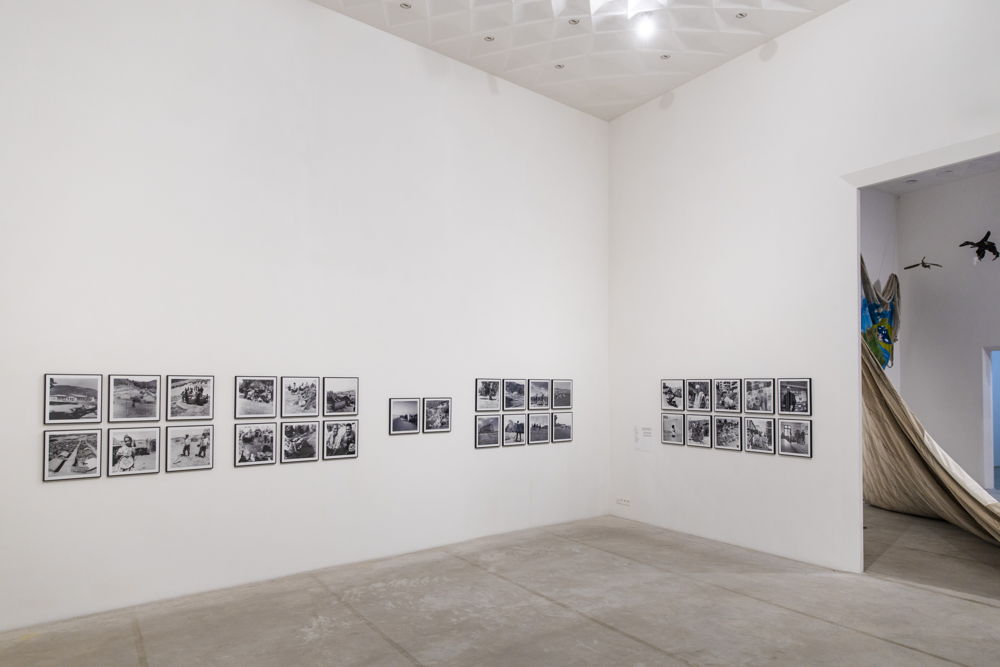 Pierre Bourdieu, Testimonies of Uprooting, Z33
House for Contemporary Art, Design & Architecture, photo by Selma Gurbuz
Pierre Bourdieu, Testimonies of Uprooting, Z33
House for Contemporary Art, Design & Architecture, photo by Selma Gurbuz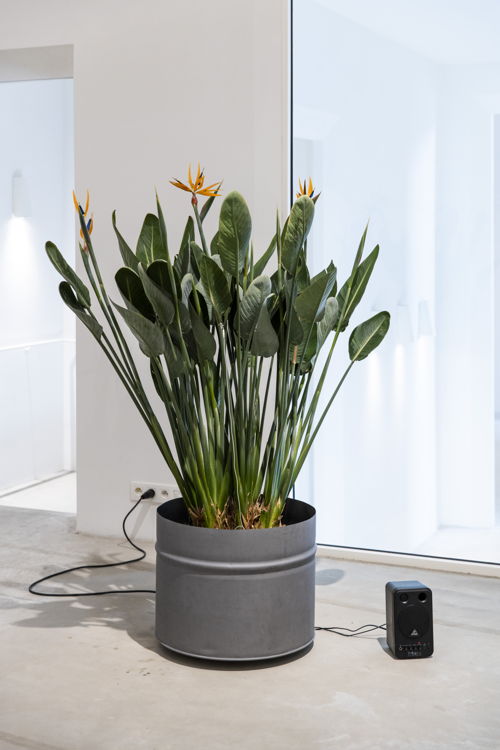 Mohamed Bourouissa, Brutal Family Roots, Z33
House for Contemporary Art, Design & Architecture, photo by Selma Gurbuz
Mohamed Bourouissa, Brutal Family Roots, Z33
House for Contemporary Art, Design & Architecture, photo by Selma Gurbuz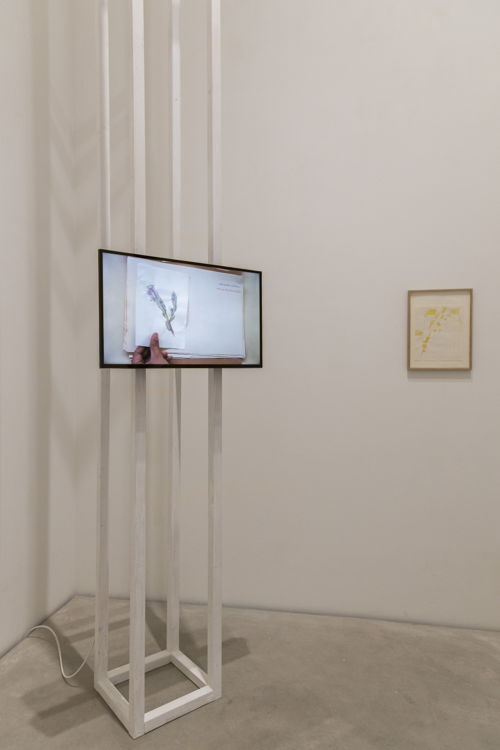 Mohamed Bourouissa, Brutal Family Roots, Z33
House for Contemporary Art, Design & Architecture, photo by Selma Gurbuz
Mohamed Bourouissa, Brutal Family Roots, Z33
House for Contemporary Art, Design & Architecture, photo by Selma Gurbuz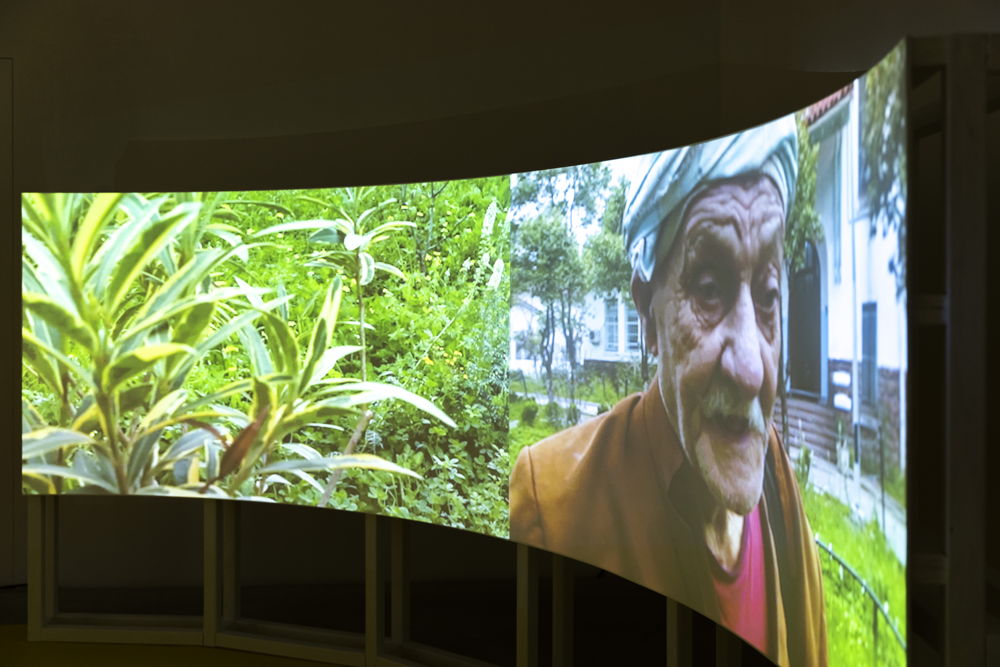 Mohamed Bourouissa, Brutal Family Roots, Z33
House for Contemporary Art, Design & Architecture, photo by Selma Gurbuz
Mohamed Bourouissa, Brutal Family Roots, Z33
House for Contemporary Art, Design & Architecture, photo by Selma Gurbuz Yto Barrada, The Sleepers, Z33
House for Contemporary Art, Design & Architecture, photo by Selma Gurbuz
Yto Barrada, The Sleepers, Z33
House for Contemporary Art, Design & Architecture, photo by Selma Gurbuz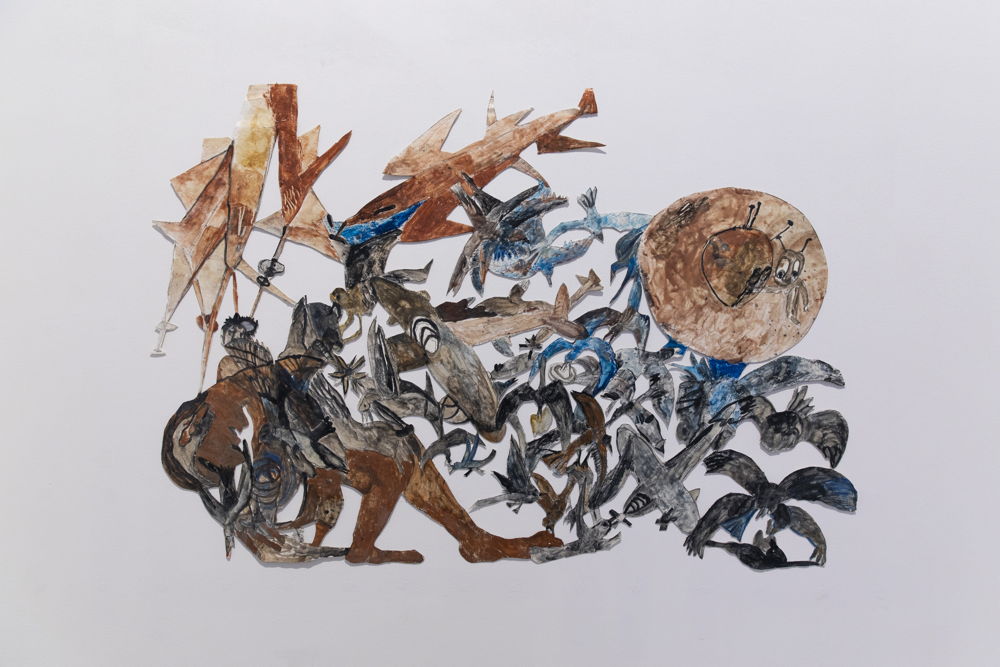 Anna Boghiguian, Attack, Z33
House for Contemporary Art, Design & Architecture, photo by Selma Gurbuz
Anna Boghiguian, Attack, Z33
House for Contemporary Art, Design & Architecture, photo by Selma Gurbuz Mounira Al Solh, After Eight, Z33
House for Contemporary Art, Design & Architecture, photo by Selma Gurbuz
Mounira Al Solh, After Eight, Z33
House for Contemporary Art, Design & Architecture, photo by Selma Gurbuz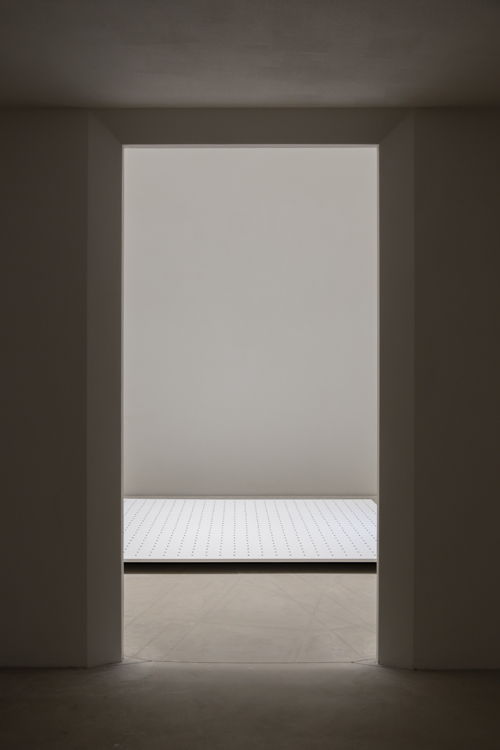 Kapwani Kiwanga, Semence, Z33
House for Contemporary Art, Design & Architecture, photo by Selma Gurbuz
Kapwani Kiwanga, Semence, Z33
House for Contemporary Art, Design & Architecture, photo by Selma Gurbuz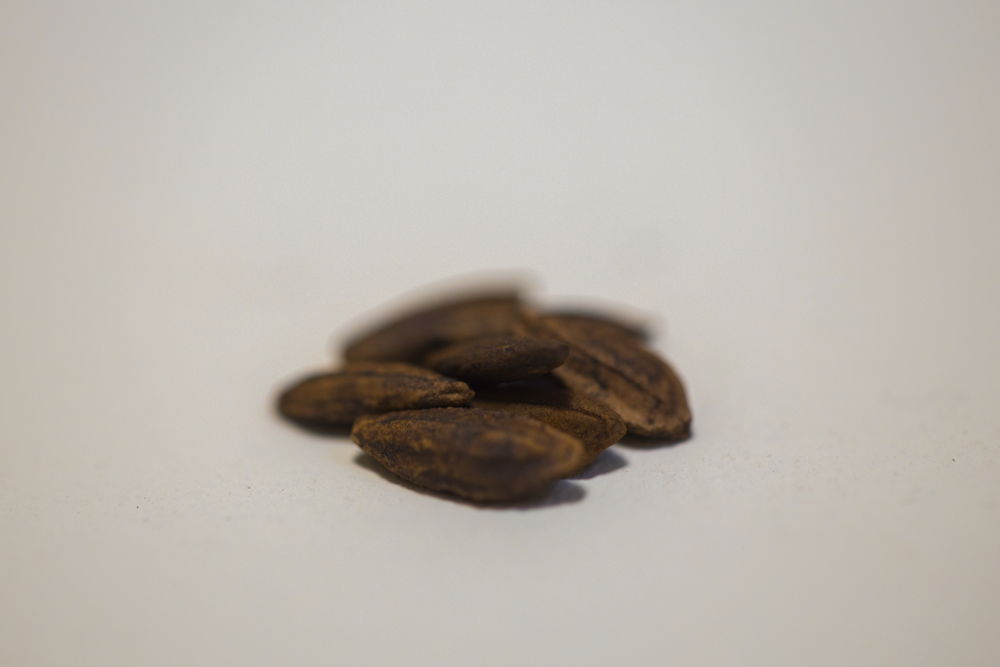 Kapwani Kiwanga, Semence, Z33
House for Contemporary Art, Design & Architecture, photo by Selma Gurbuz
Kapwani Kiwanga, Semence, Z33
House for Contemporary Art, Design & Architecture, photo by Selma Gurbuz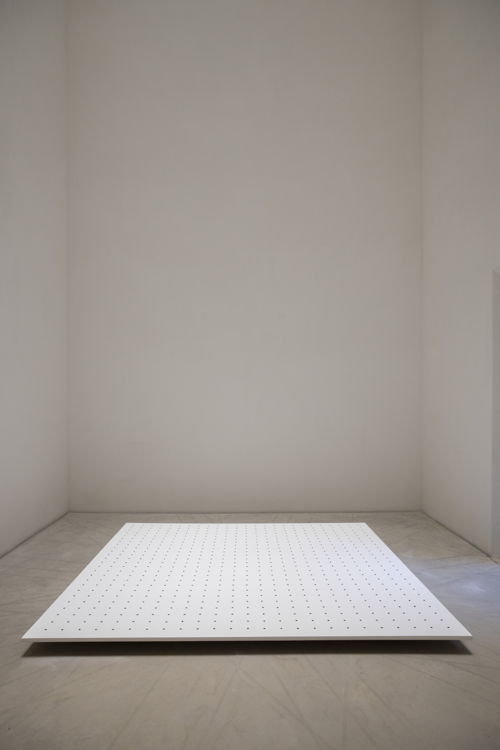 Kapwani Kiwanga, Semence, Z33
House for Contemporary Art, Design & Architecture, photo by Selma Gurbuz
Kapwani Kiwanga, Semence, Z33
House for Contemporary Art, Design & Architecture, photo by Selma Gurbuz Sara Ouhaddou, Kharboucha - Extract : Liyam wa liyam (Days and days), Z33
House for Contemporary Art, Design & Architecture, photo by Selma Gurbuz
Sara Ouhaddou, Kharboucha - Extract : Liyam wa liyam (Days and days), Z33
House for Contemporary Art, Design & Architecture, photo by Selma Gurbuz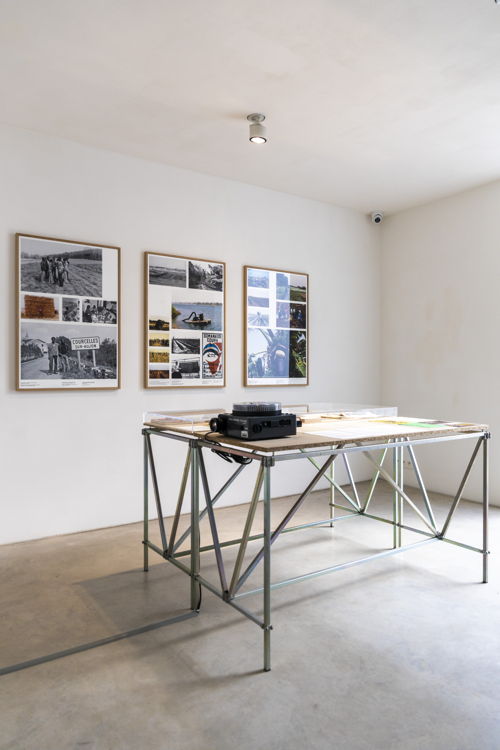 Raphaël Grisey & Bouba Touré, Sowing Somankidi Coura, a Generative Archive, Z33
House for Contemporary Art, Design & Architecture, photo by Selma Gurbuz
Raphaël Grisey & Bouba Touré, Sowing Somankidi Coura, a Generative Archive, Z33
House for Contemporary Art, Design & Architecture, photo by Selma Gurbuz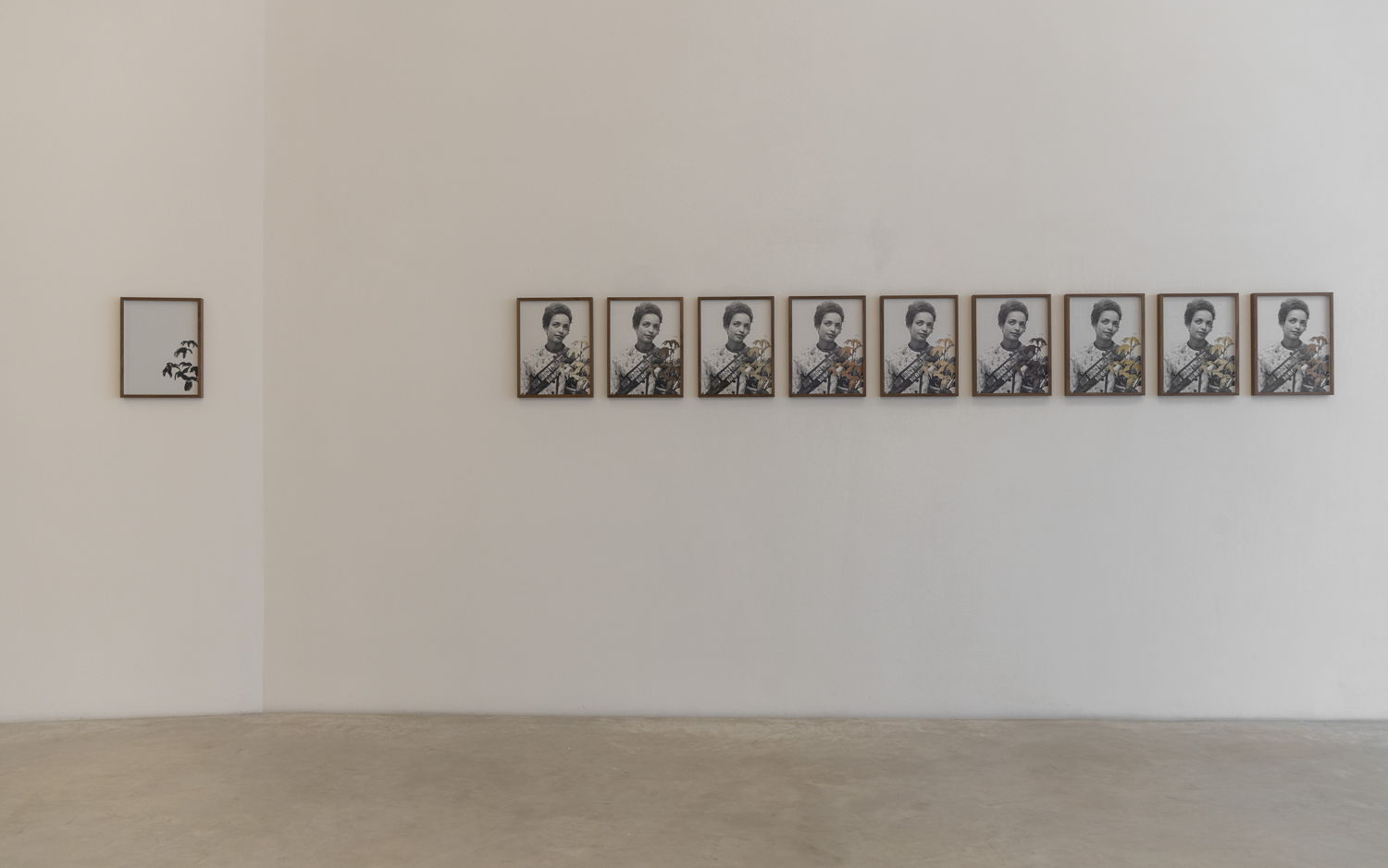 Vincent Meessen, Miss Interdépendances, Z33
House for Contemporary Art, Design & Architecture, photo by Selma Gurbuz
Vincent Meessen, Miss Interdépendances, Z33
House for Contemporary Art, Design & Architecture, photo by Selma Gurbuz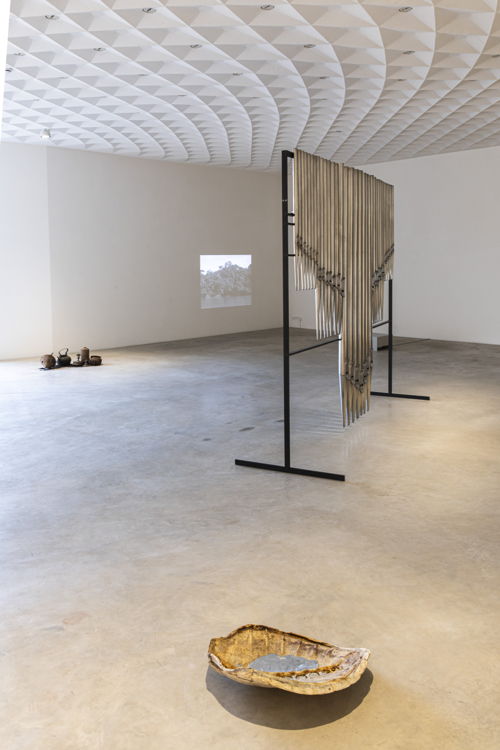 Mathieu Kleyebe Abonnenc, Walking Through the Arawak Horizon, for Wilson Harris, Z33
House for Contemporary Art, Design & Architecture, photo by Selma Gurbuz
Mathieu Kleyebe Abonnenc, Walking Through the Arawak Horizon, for Wilson Harris, Z33
House for Contemporary Art, Design & Architecture, photo by Selma Gurbuz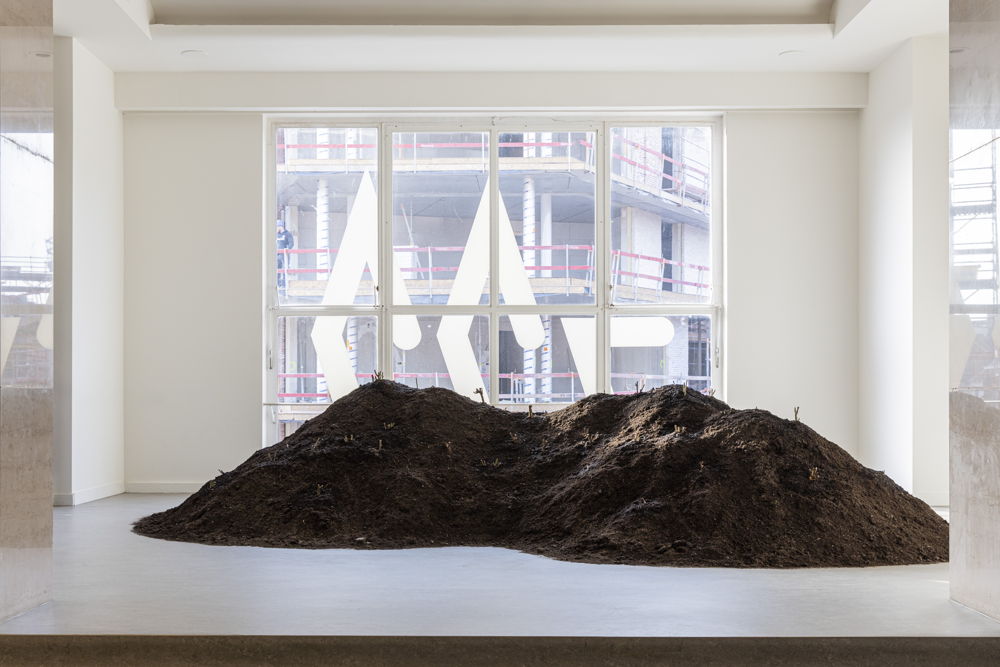 Fatma Bucak, Damascus Rose, Z33
House for Contemporary Art, Design & Architecture, photo by Selma Gurbuz
Fatma Bucak, Damascus Rose, Z33
House for Contemporary Art, Design & Architecture, photo by Selma Gurbuz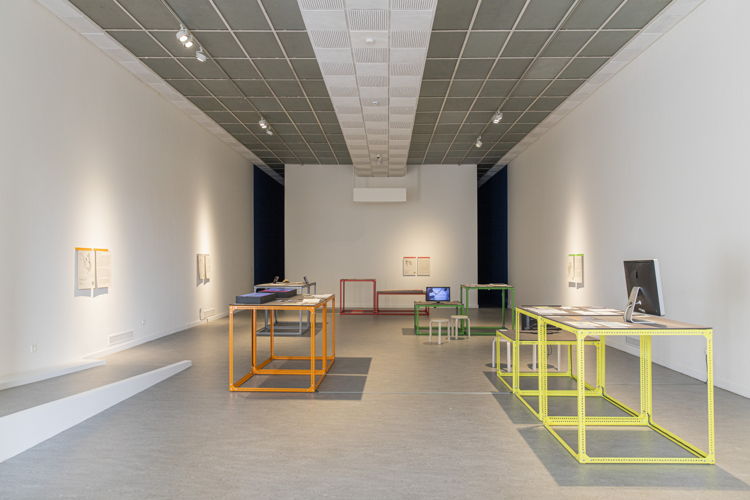 Hostile Environment(s) Project, Atlas of Critical Habitats, Z33
House for Contemporary Art, Design & Architecture, photo by Selma Gurbuz
Hostile Environment(s) Project, Atlas of Critical Habitats, Z33
House for Contemporary Art, Design & Architecture, photo by Selma Gurbuz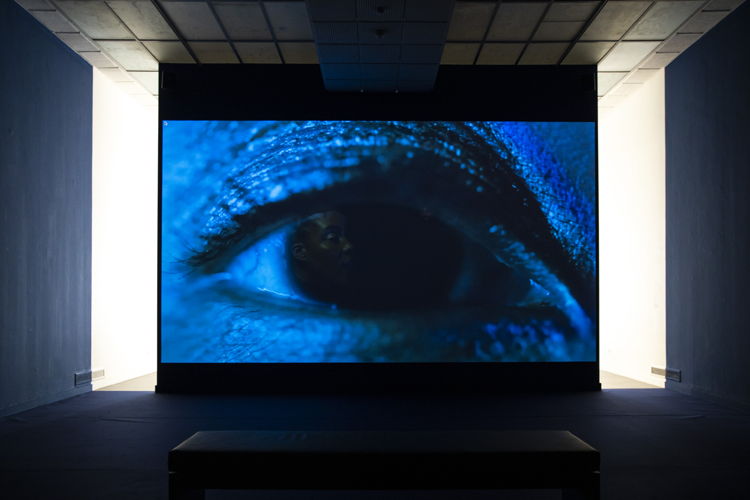 The Otolith Group, INFINITY minus Infinity, Z33
House for Contemporary Art, Design & Architecture, photo by Selma Gurbuz
The Otolith Group, INFINITY minus Infinity, Z33
House for Contemporary Art, Design & Architecture, photo by Selma Gurbuz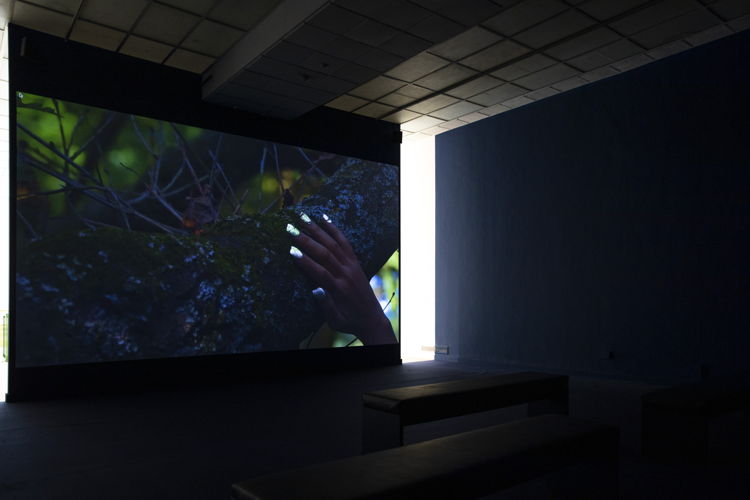 The Otolith Group, INFINITY minus Infinity, Z33
House for Contemporary Art, Design & Architecture, photo by Selma Gurbuz
The Otolith Group, INFINITY minus Infinity, Z33
House for Contemporary Art, Design & Architecture, photo by Selma Gurbuz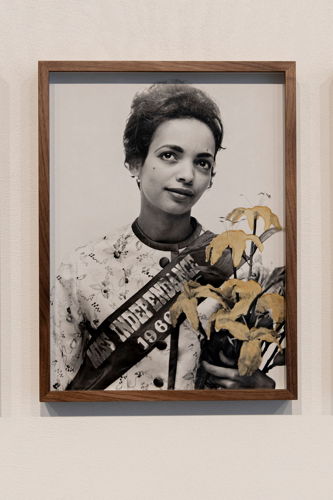 Vincent Meessen, Miss Interdépendances, Z33 Huis voor Actuele Kunst, Design & Architectuur, photo par Selma Gurbuz
Vincent Meessen, Miss Interdépendances, Z33 Huis voor Actuele Kunst, Design & Architectuur, photo par Selma Gurbuz Mohamed Bourouissa, Brutal Family Roots, Z33
House for Contemporary Art, Design & Architecture, photo by Selma Gurbuz
Mohamed Bourouissa, Brutal Family Roots, Z33
House for Contemporary Art, Design & Architecture, photo by Selma Gurbuz
